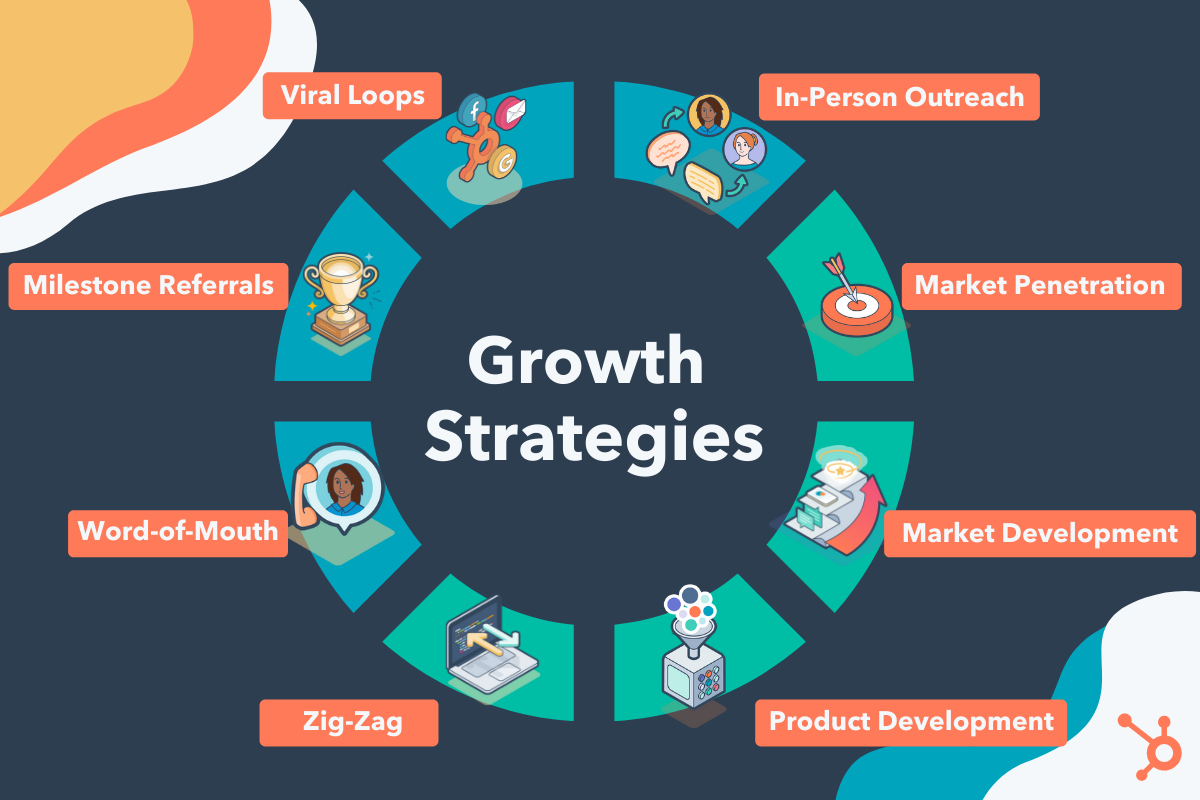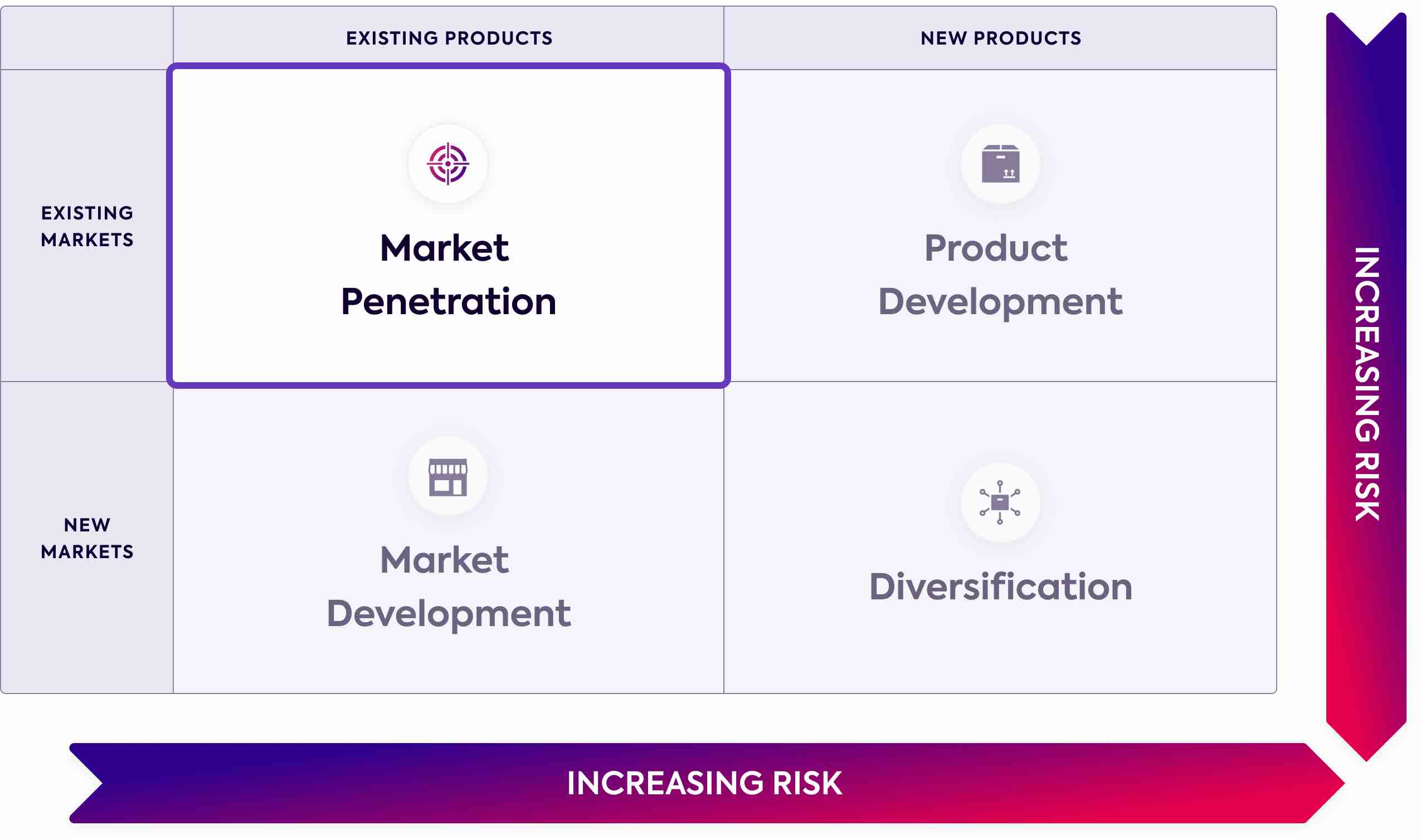How to Develop a Business Growth Strategy

In the dynamic world of business, standing still is akin to moving backward. To thrive, you need a robust business growth strategy. Imagine your business as a sailboat navigating the open sea. Without a clear direction and a well-thought-out plan, you're at the mercy of the winds and waves. But with a strategic growth plan, you can harness the power of the elements and steer your business towards success. So, how do you develop a business growth strategy that sets you apart and drives you forward? Let's dive in.
Understanding Business Growth Strategy
A business growth strategy is more than just a plan to increase revenue. It's a comprehensive roadmap that outlines how you'll expand your market share, penetrate new markets, and gain a competitive advantage. It's about scaling your business sustainably and profitably.
Why Strategic Planning Matters
Strategic planning is the backbone of any successful business growth strategy. It involves setting clear goals, identifying opportunities, and mitigating risks. Without strategic planning, your business is like a ship without a rudder, aimlessly drifting in the vast ocean of the marketplace.
Steps to Develop a Business Growth Strategy
1. Assess Your Current Situation
Before you can plan for the future, you need to understand where you stand today. Conduct a SWOT analysis to identify your strengths, weaknesses, opportunities, and threats. This will give you a clear picture of your business's current state and help you make informed decisions.
2. Define Your Goals
What does success look like for your business? Whether it's increasing market share, expanding into new territories, or launching new products, your goals should be SMART: Specific, Measurable, Achievable, Relevant, and Time-bound.
3. Identify Your Target Market
Understanding your target market is crucial for effective market penetration. Who are your ideal customers? What are their needs and pain points? How can your products or services solve their problems? The more you know about your target market, the better you can tailor your offerings to meet their needs.
4. Analyze Your Competition
To gain a competitive advantage, you need to know who you're up against. Analyze your competitors' strengths and weaknesses. What are they doing well? Where are they falling short? Identifying these gaps can help you differentiate your business and stand out in the market.
5. Develop Your Unique Value Proposition
Your unique value proposition (UVP) is what sets your business apart. It's the reason customers choose you over your competitors. Your UVP should clearly communicate the benefits of your products or services and why they are superior to other options in the market.
6. Implement Growth Hacking Techniques
Growth hacking is about finding innovative and cost-effective ways to accelerate business growth. This could involve leveraging social media, optimizing your website for search engines, or creating viral content. The key is to experiment, measure results, and iterate quickly.
7. Scale Your Business Sustainably
Business scaling isn't just about growth; it's about growing efficiently. This means increasing revenue without a proportional increase in costs. Focus on streamlining your operations, improving productivity, and investing in technology that can automate repetitive tasks.

Examples of Successful Business Growth Strategies
Amazon: Market Penetration and Diversification
Amazon started as an online bookstore but quickly expanded into a global e-commerce giant. Their strategy? Market penetration and diversification. By continuously adding new product categories and services, Amazon has become a one-stop shop for almost anything you can think of.
Apple: Innovation and Brand Loyalty
Apple's growth strategy is built on innovation and brand loyalty. They consistently introduce new products that push the boundaries of technology, creating a loyal customer base that eagerly awaits each new release.
Starbucks: Market Expansion and Customer Experience
Starbucks has grown from a single store in Seattle to a global coffeehouse chain. Their strategy? Market expansion and a focus on customer experience. By creating a welcoming atmosphere and offering high-quality products, Starbucks has built a strong brand that resonates with customers worldwide.
Tools and Resources for Business Growth
1. SWOT Analysis Template
A SWOT analysis template can help you systematically evaluate your business's strengths, weaknesses, opportunities, and threats. This is a crucial first step in developing your growth strategy.
2. Business Plan Software
Business plan software can simplify the process of creating a comprehensive growth strategy. Tools like LivePlan and Bizplan offer templates, financial projections, and step-by-step guidance.
3. Market Research Tools
Market research tools like Google Trends, SEMrush, and SurveyMonkey can provide valuable insights into your target market and competition. These tools can help you make data-driven decisions and refine your growth strategy.

Conclusion
Developing a business growth strategy is like charting a course for your sailboat. It requires careful planning, a clear understanding of your environment, and the ability to adapt to changing conditions. By following the steps outlined in this article, you can create a robust growth strategy that sets your business on a path to success.
Remember, growth is a journey, not a destination. It's about continuously learning, adapting, and improving. So, are you ready to set sail and navigate the open seas of business growth? The world is waiting for you.
FAQs
1. What is the difference between a business plan and a business growth strategy?
A business plan is a comprehensive document that outlines your business goals, strategies, target market, and financial projections. A business growth strategy, on the other hand, is a specific plan focused on how you will expand your business and increase revenue.
2. How do I conduct a SWOT analysis?
A SWOT analysis involves identifying your business's strengths, weaknesses, opportunities, and threats. You can use a SWOT analysis template to systematically evaluate these factors and gain a clear understanding of your business's current state.
3. What are some common growth hacking techniques?
Growth hacking techniques include leveraging social media, optimizing your website for search engines, creating viral content, offering referral programs, and using data analytics to make informed decisions.
4. How can I gain a competitive advantage?
Gaining a competitive advantage involves understanding your competitors, identifying gaps in the market, and developing a unique value proposition that sets your business apart. This could involve offering superior products, exceptional customer service, or innovative solutions.
5. What are the key elements of a successful business growth strategy?
A successful business growth strategy includes clear goals, a deep understanding of your target market, a unique value proposition, innovative growth hacking techniques, and a focus on sustainable scaling. It also involves continuous learning, adapting, and improving.

Belum ada Komentar untuk "How to Develop a Business Growth Strategy"
Posting Komentar